Retirement planning just got a boost! The IRS has increased the 2025 401(k) Contribution Limits, while maintaining the 2025 IRA Contribution Limits, creating new opportunities to build a stronger financial future. Now is the time to make sure you’re maximizing every dollar and taking advantage of tax-advantaged retirement strategies that can grow your nest egg.
In this post, we’ll break down the latest IRS Retirement Plan Updates to 401(k) and IRA contribution limits, explore how they affect various age groups, and share actionable steps to optimize your retirement savings.
Key Topics We’ll Cover:
- The new 2025 contribution limits for 401(k) and IRA accounts.
- Strategies to maximize your retirement savings under the latest IRS rules.
- How these changes impact different age groups and financial situations.
- Practical steps to make the most of these increased limits.
2025 Contribution Limits: What You Need to Know
The IRS periodically adjusts retirement contribution limits to account for inflation and help Americans save for retirement. Here’s a look at the updates for 2025:
1. 401(k) Contribution Limit for 2025
- New Limit: $23,500 (up from $23,000 in 2024)
- Catch-Up Contributions: Those aged 50 and older can add an extra $7,500, bringing their total limit to $31,000 for the year.
The increased limit is a big win for employees who contribute to employer-sponsored retirement plans, giving them more room to build their savings tax-deferred.
2. IRA Contribution Limit for 2025
- Limit Unchanged: $7,000
- Catch-Up Contributions: Those aged 50 and older can contribute an additional $1,000, making their total limit $8,000.
While the IRA limit remains the same, consistent contributions are still a powerful tool for growing retirement savings, especially with the benefits of tax-advantaged growth.
Why These Limits Matter
Raising the 401(k) contribution limit allows for greater tax-deferred savings potential, a crucial advantage for those using employer-sponsored plans. Meanwhile, maintaining the IRA limit keeps the focus on disciplined contributions. Combining both types of accounts can help you diversify and maximize your tax-advantaged savings and growth potential.
2025: Your Opportunity to Maximize Retirement Savings
Here are practical steps to help you take full advantage of the new contribution limits:
1. Increase Your Contributions Gradually
If reaching the maximum limit feels daunting, start by incrementally increasing your contributions by 1% each quarter. Even small adjustments can add up significantly over time.
2. Use Catch-Up Contributions if You’re 50 or Older
Take full advantage of the additional contributions allowed for 401(k) and IRA accounts if you’re nearing retirement age. These contributions are key for building up your savings quickly.
3. Consider Roth Accounts for Tax-Free Growth
Roth 401(k) and Roth IRA contributions are made with after-tax dollars, offering tax-free growth and withdrawals in retirement. This is a strong choice if you expect to be in a higher tax bracket later.
4. Coordinate Across Accounts for Maximum Flexibility
Maximizing contributions across both a 401(k) and an IRA can grow your retirement fund faster and create diverse withdrawal options for retirement.
5. Max Out Employer Matching Contributions
If your employer offers a 401(k) match, ensure you contribute enough to get the full benefit—this is essentially free money that grows tax-deferred.
6. Automate Contributions to Stay Consistent
Set up automatic contributions to your retirement accounts to ensure consistency. Automation helps you stick to your savings goals without the temptation to skip.
7. Meet with a Financial Advisor Annually
As tax laws and IRS Retirement Plan Updates evolve, check in regularly with a financial advisor to make sure your retirement plan is on track and optimized for current tax advantages.
How Different Demographics Can Benefit
Young Professionals
With decades until retirement, young savers benefit most from the power of compounding. The new 401(k) limit lets you save more aggressively, helping your investments grow over time.
Mid-Career Savers
If you’re in your peak earning years, this is the time to maximize contributions. Higher income can make it easier to meet the new limits, and catch-up contributions add even more power to your savings plan.
Near-Retirees
For those close to retirement, maximizing catch-up contributions in both 401(k) and IRA accounts can make a substantial difference. This approach helps ensure financial security as you near your target retirement date.
Make the Most of the 2025 Limit Increases: Steps to Take Now
- Review Current Contributions: Adjust your contributions to align with the new 401(k) limit.
- Budget for Increased Contributions: Reevaluate your expenses to free up funds for retirement, and consider any non-essential areas where you could reduce spending.
- Establish an Emergency Fund: This ensures that unexpected expenses don’t derail your retirement savings.
- Explore Tax-Advantaged Accounts: Health Savings Accounts (HSAs) and other tax-advantaged accounts can complement your retirement strategy.
Why Maximizing Contributions Matters
401(k)s and IRAs are foundational tools in building long-term wealth and offer unmatched tax benefits. By contributing as much as possible, you’re not only enhancing your future financial security but also benefiting from tax-advantaged or tax-free growth that will compound over the years.
The Role of Tax-Advantaged Retirement Strategies in Achieving Financial Independence
Maximizing contributions to tax-advantaged retirement strategies can be instrumental for those aiming for financial independence. These accounts enable your savings to grow more efficiently, allowing you to enjoy a secure and fulfilling retirement.
Final Thoughts: Take Advantage of 2025’s New Limits
With the increased 401(k) contribution limit for 2025, now is an excellent time to revisit your retirement strategy. Whether you’re early in your career, in your peak earning years, or approaching retirement, there’s always room to strengthen your approach to saving. Using these increased limits strategically, you can build the retirement future you deserve.
Remember, consistent contributions build wealth and offer peace of mind. For those ready to dive deeper into optimizing tax and retirement strategies, Mark J. Kohler offers a range of resources, including a Tax Advisor Certification Program, designed to provide expert insights.
Start today to take full advantage of these new limits and secure your financial future!









